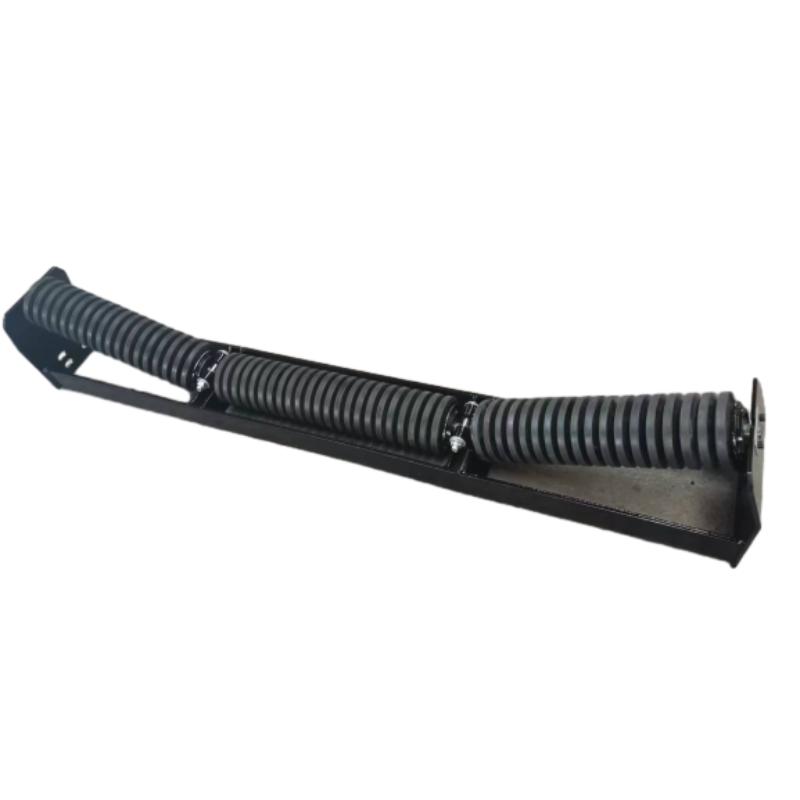 Afrikaans
Afrikaans  Albanian
Albanian  Amharic
Amharic  Arabic
Arabic  Armenian
Armenian  Azerbaijani
Azerbaijani  Basque
Basque  Belarusian
Belarusian  Bengali
Bengali  Bosnian
Bosnian  Bulgarian
Bulgarian  Catalan
Catalan  Cebuano
Cebuano  Corsican
Corsican  Croatian
Croatian  Czech
Czech  Danish
Danish  Dutch
Dutch  English
English  Esperanto
Esperanto  Estonian
Estonian  Finnish
Finnish  French
French  Frisian
Frisian  Galician
Galician  Georgian
Georgian  German
German  Greek
Greek  Gujarati
Gujarati  Haitian Creole
Haitian Creole  hausa
hausa  hawaiian
hawaiian  Hebrew
Hebrew  Hindi
Hindi  Miao
Miao  Hungarian
Hungarian  Icelandic
Icelandic  igbo
igbo  Indonesian
Indonesian  irish
irish  Italian
Italian  Japanese
Japanese  Javanese
Javanese  Kannada
Kannada  kazakh
kazakh  Khmer
Khmer  Rwandese
Rwandese  Korean
Korean  Kurdish
Kurdish  Kyrgyz
Kyrgyz  Lao
Lao  Latin
Latin  Latvian
Latvian  Lithuanian
Lithuanian  Luxembourgish
Luxembourgish  Macedonian
Macedonian  Malgashi
Malgashi  Malay
Malay  Malayalam
Malayalam  Maltese
Maltese  Maori
Maori  Marathi
Marathi  Mongolian
Mongolian  Myanmar
Myanmar  Nepali
Nepali  Norwegian
Norwegian  Norwegian
Norwegian  Occitan
Occitan  Pashto
Pashto  Persian
Persian  Polish
Polish  Portuguese
Portuguese  Punjabi
Punjabi  Romanian
Romanian  Russian
Russian  Samoan
Samoan  Scottish Gaelic
Scottish Gaelic  Serbian
Serbian  Sesotho
Sesotho  Shona
Shona  Sindhi
Sindhi  Sinhala
Sinhala  Slovak
Slovak  Slovenian
Slovenian  Somali
Somali  Spanish
Spanish  Sundanese
Sundanese  Swahili
Swahili  Swedish
Swedish  Tagalog
Tagalog  Tajik
Tajik  Tamil
Tamil  Tatar
Tatar  Telugu
Telugu  Thai
Thai  Turkish
Turkish  Turkmen
Turkmen  Ukrainian
Ukrainian  Urdu
Urdu  Uighur
Uighur  Uzbek
Uzbek  Vietnamese
Vietnamese  Welsh
Welsh  Bantu
Bantu  Yiddish
Yiddish  Yoruba
Yoruba  Zulu
Zulu Guide Rollers for Conveyor Belts A Comprehensive Overview of Types and Applications
Conveyor Belt Guide Rollers Essential Components for Efficient Material Handling
In the realm of industrial material handling, conveyor systems play a crucial role in optimizing operations, enhancing productivity, and reducing manual labor. One of the key components of these conveyor systems is the guide roller, which assists in maintaining the alignment and proper functioning of conveyor belts. In this article, we will explore the significance of conveyor belt guide rollers, their various types, and the advantages they offer in different applications.
Understanding Conveyor Belt Guide Rollers
Conveyor belt guide rollers are cylindrical components that act as a support mechanism for conveyor belts. They ensure that the belt runs smoothly and stays aligned throughout its operation. When materials are transported over a conveyor belt, they can exert substantial force, potentially leading to misalignment or deviation. Guide rollers help mitigate these issues by providing additional support and ensuring that the belt remains on its intended path.
Types of Guide Rollers
There are several types of conveyor belt guide rollers, each designed for specific applications and operational needs
1. Flat Guide Rollers These are the most common type of guide rollers, featuring a flat surface that directly supports the conveyor belt. They are typically used in light to medium-duty applications where the materials are not overly heavy or abrasive.
2. V-Groove Guide Rollers Designed with a V-shaped groove, these rollers are particularly effective in guiding the belt along a defined path. They are ideal for conveying materials that require precise positioning and are commonly found in automated production lines.
3. Tapered Guide Rollers Tapered rollers facilitate smoother transitions in conveyor systems, particularly in cases where the belt needs to navigate turns or bends. Their tapered design helps in reducing friction and wear on the belt, prolonging its lifespan.
conveyor belt guide rollers

4. Adjustable Guide Rollers In dynamic applications where conveyor lengths may change or where adjustments are frequently needed, adjustable guide rollers are invaluable. They allow operators to easily modify the position of the roller to ensure optimal belt alignment and support.
Benefits of Using Guide Rollers
The integration of guide rollers in conveyor systems offers numerous advantages
- Improved Alignment Guide rollers help maintain the alignment of the conveyor belt, reducing the risk of slippage and misdirection. This leads to more efficient material transport and minimizes downtime caused by misaligned belts.
- Prolonged Belt Life By preventing excessive wear and tear on the conveyor belt, guide rollers contribute to extending its lifespan. This results in lower maintenance costs and decreased frequency of belt replacement, providing significant cost savings.
- Enhanced Safety Properly aligned conveyor belts reduce the likelihood of materials spilling or falling off, which can pose safety hazards in the workplace. By ensuring that the belt remains on track, guide rollers enhance safety for workers and equipment.
- Increased Productivity With smoother operation and reduced risk of breakdowns, companies can achieve higher productivity levels. This is particularly beneficial in high-paced industries such as manufacturing and logistics, where efficiency is paramount.
Conclusion
In summary, conveyor belt guide rollers are essential components that significantly impact the efficiency, safety, and longevity of conveyor systems. Their ability to maintain belt alignment and minimize wear allows businesses to operate with greater reliability and productivity. As industries continue to evolve and demand more from their material handling systems, the role of guide rollers will undoubtedly remain pivotal in ensuring seamless operations. Understanding their importance and selecting the right type for specific applications is crucial for optimizing conveyor system performance.
-
Revolutionizing Conveyor Reliability with Advanced Rubber Lagging PulleysNewsJul.22,2025
-
Powering Precision and Durability with Expert Manufacturers of Conveyor ComponentsNewsJul.22,2025
-
Optimizing Conveyor Systems with Advanced Conveyor AccessoriesNewsJul.22,2025
-
Maximize Conveyor Efficiency with Quality Conveyor Idler PulleysNewsJul.22,2025
-
Future-Proof Your Conveyor System with High-Performance Polyurethane RollerNewsJul.22,2025
-
Driving Efficiency Forward with Quality Idlers and RollersNewsJul.22,2025





























